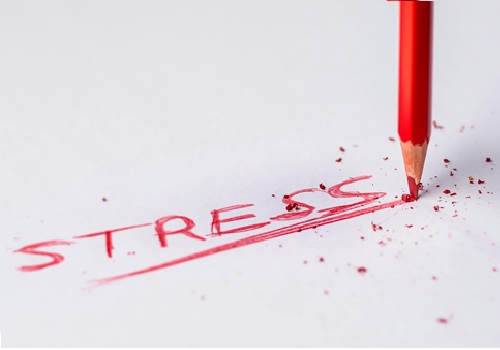1. Embrace Failure as a Learning Opportunity
The first step in turning failure into creativity is to shift your perspective. Instead of viewing failure as something negative, embrace it as an opportunity to learn. Each time you fail, you gain valuable insights into what didn’t work and why. This knowledge is essential for growth and innovation. Consider the following:
- Analyze the Mistakes: Ask yourself what went wrong and what you could have done differently.
- Learn from Others: Look at how other creatives or entrepreneurs have overcome similar failures and the lessons they learned.
- Adjust Your Approach: Use the lessons learned to adjust your methods, allowing for more creative and effective problem-solving.
By analyzing failure in this way, you not only grow but can also make your next attempt more innovative and effective.
2. Use Failure as Fuel for Experimentation
Failure often arises from trying something new or pushing boundaries. Instead of feeling discouraged, use the experience as fuel to experiment further. Creativity thrives on experimentation. After a failure, you are in a prime position to explore alternative solutions, try out new ideas, and push the envelope. Here’s how:
- Change Your Perspective: View the failed idea as a stepping stone toward something greater.
- Test New Approaches: Rather than sticking to the same methods, use the failure as an opportunity to think outside the box.
- Iterate Quickly: Don’t be afraid to fail again. Each attempt is a chance to refine your concept and push your creativity further.
Failure opens up new possibilities that would have been impossible to see if you hadn’t ventured outside your comfort zone.
3. Shift from Perfectionism to Progress
Perfectionism can be a major roadblock to creativity. When you strive for perfection, you may find yourself hesitating or procrastinating out of fear that your work won't be "good enough." This fear of failure can hold back creativity. Instead of aiming for perfection, focus on progress. Here’s how:
- Set Realistic Goals: Break down your creative projects into manageable steps, and celebrate small wins along the way.
- Let Go of Control: Give yourself permission to make mistakes and be imperfect.
- Take Action: Move forward, even if it’s not perfect. The more you try, the more you learn.
By letting go of perfectionism, you’ll be more open to experimenting, failing, and discovering new creative solutions.
4. Cultivate a Growth Mindset
A growth mindset, a concept developed by psychologist Carol Dweck, is the belief that abilities and intelligence can be developed through effort and learning. Adopting a growth mindset is crucial when transforming failure into creativity. When you view failure as a part of the learning process, you are more likely to bounce back with new ideas and solutions. Here’s how to cultivate a growth mindset:
- Embrace Challenges: See challenges as opportunities to learn and grow, rather than obstacles to success.
- Celebrate Effort, Not Just Results: Recognize the effort and perseverance that go into the creative process, not just the outcome.
- Stay Resilient: Understand that failure is temporary, and perseverance is key to overcoming setbacks.
A growth mindset encourages you to view failure as a chance to refine your skills and strengthen your creative abilities.
5. Let Failure Inspire New Ideas
Sometimes, failure can provide the perfect spark for new ideas. When something doesn’t work as expected, it can force you to rethink your approach and come up with innovative alternatives. For example, when a product design fails to meet user expectations, it can inspire a redesign that is more user-friendly and innovative. Consider the following:
- Ask “What’s Next?”: After a failure, ask yourself how you can pivot or innovate to achieve your goals in a new way.
- Brainstorm Alternatives: Use the lessons learned from failure to generate multiple solutions, embracing creative brainstorming.
- Seek Inspiration from Other Industries: Failure in one area may offer valuable insights when applied to another field.
By letting failure inspire new directions and ideas, you can turn a setback into a creative breakthrough.
Conclusion
Failure is not the end; it’s an opportunity for creativity to flourish. By embracing failure as a learning tool, experimenting with new approaches, focusing on progress over perfection, cultivating a growth mindset, and letting failure inspire new ideas, you can transform setbacks into valuable stepping stones toward innovation and success. Remember, creativity thrives in the face of adversity—so the next time you fail, use it as an opportunity to grow, experiment, and discover new ways to bring your ideas to life.








